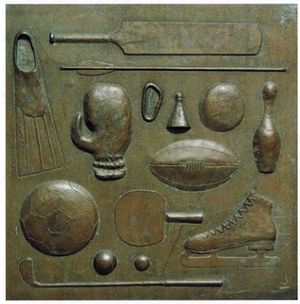Winchester, a city which seamlessly blends the past with the present. When walking down the city's streets, it is entirely possible to see traces of Venta Belgarum and Saxon Wintan-ceastre due to its role at the epicentre of English history. There is often focus on the grand elements of history, however, can we see notable changes to Winchester over the last 100 years? Here, Collections Intern, Zachary Stimpson, explores a series of photographs from an album taken in 1921 by an unknown photographer and sees how these may or may not have changed within the landscape.
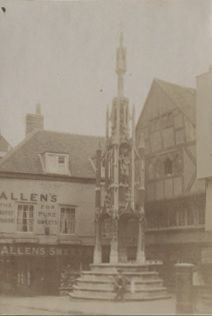
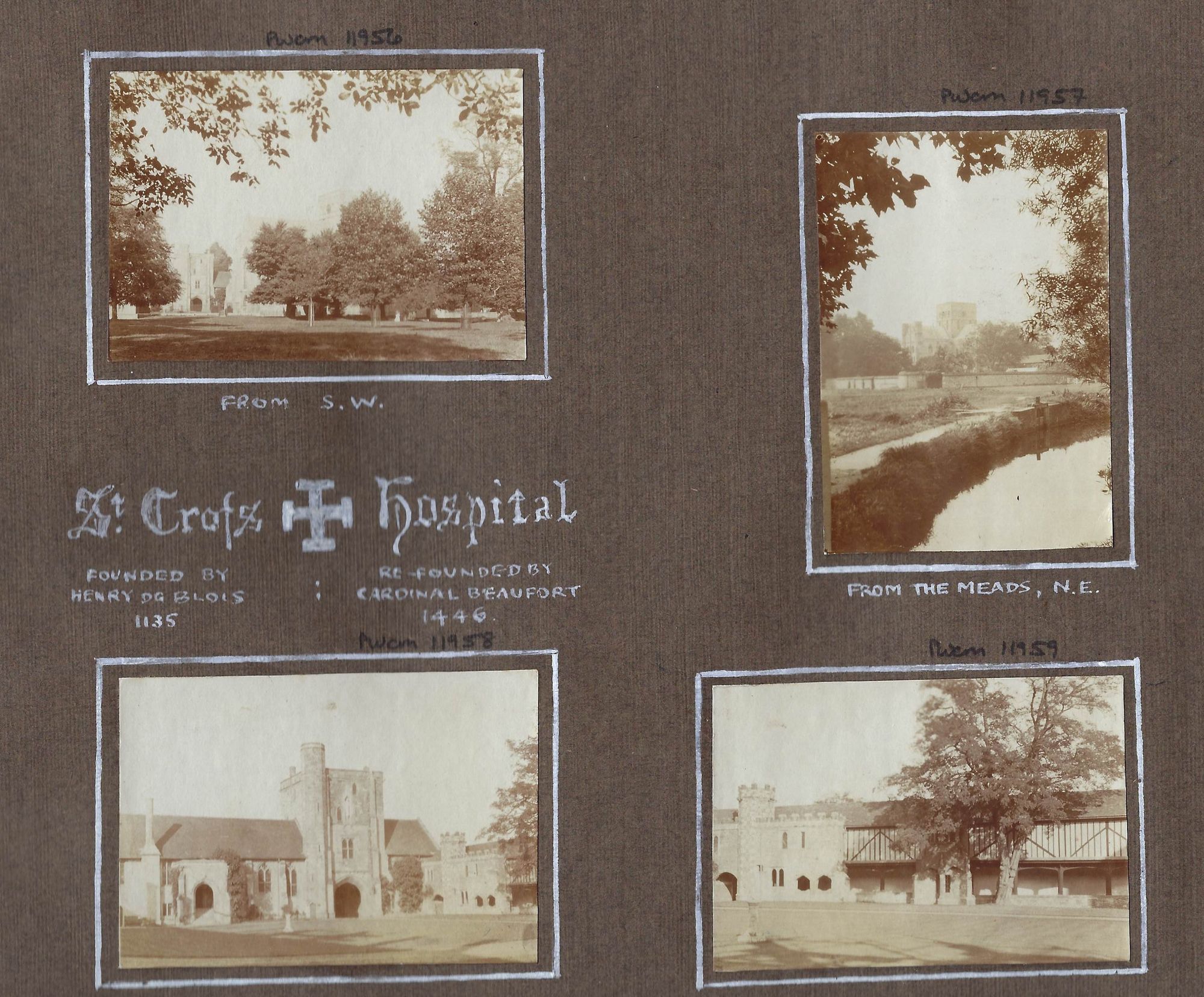
For those of us familiar with the city, the monument above will be instantly recognisable as the Butter Cross. We are not able to see any major changes to the monument or even perhaps to the buildings surrounding it, visitors can still walk down the High Street and see the medieval charm of the modern pasty shops! I mention this photograph simply to illustrate that human nature doesn’t change, even after 100 years. Today, it is not uncommon to see people posing for photographs sitting on the Butter Cross every hour of every day, being enticed by Montezuma’s Chocolates - just as Allen’s Sweets did a century prior...
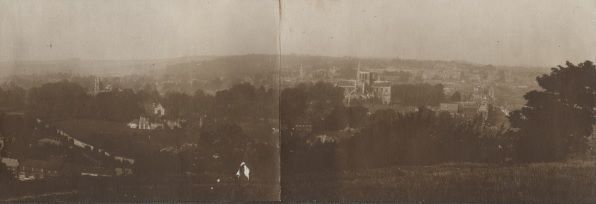
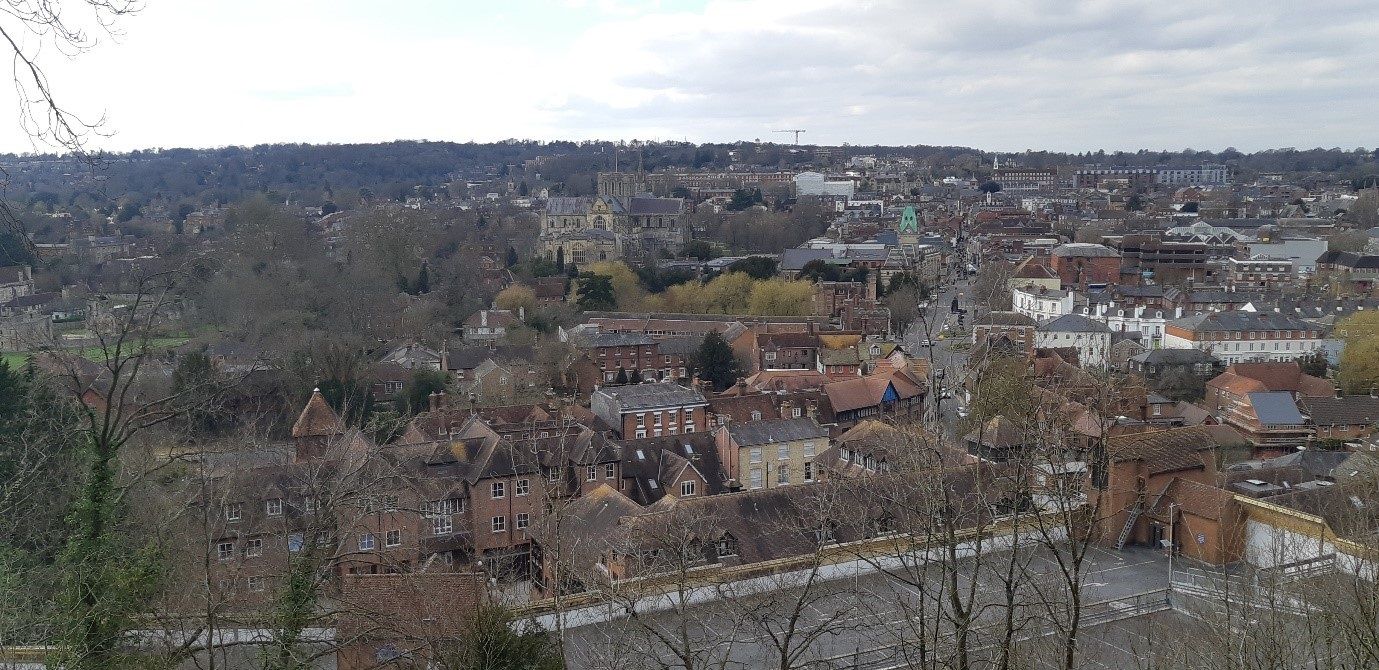
The size of Winchester has undoubtedly grown over the past 100 years, especially with the consideration of urban sprawl. The picture above shows the city centre from St Giles’s Hill. The modern day counterpart taken in a similar location shows the growth of the centre towards the Bishop's residence, as well as the construction of housing in the forefront of the picture, towards the bottom of the hill. The city centre in comparison looks less natural with the felling of trees and unfortunately the Cathedral, grand as it is, becomes lost in the sea of today’s architecture.
Winchester may have changed architecturally over the past century, but the routes tourists traipse to explore the city do not differ greatly from those of walkers past. The picturesque water meadows can still be accessed directly or viewed from the top of St Catherine’s Hill; St Cross Hospital still stands proudly across the landscape.
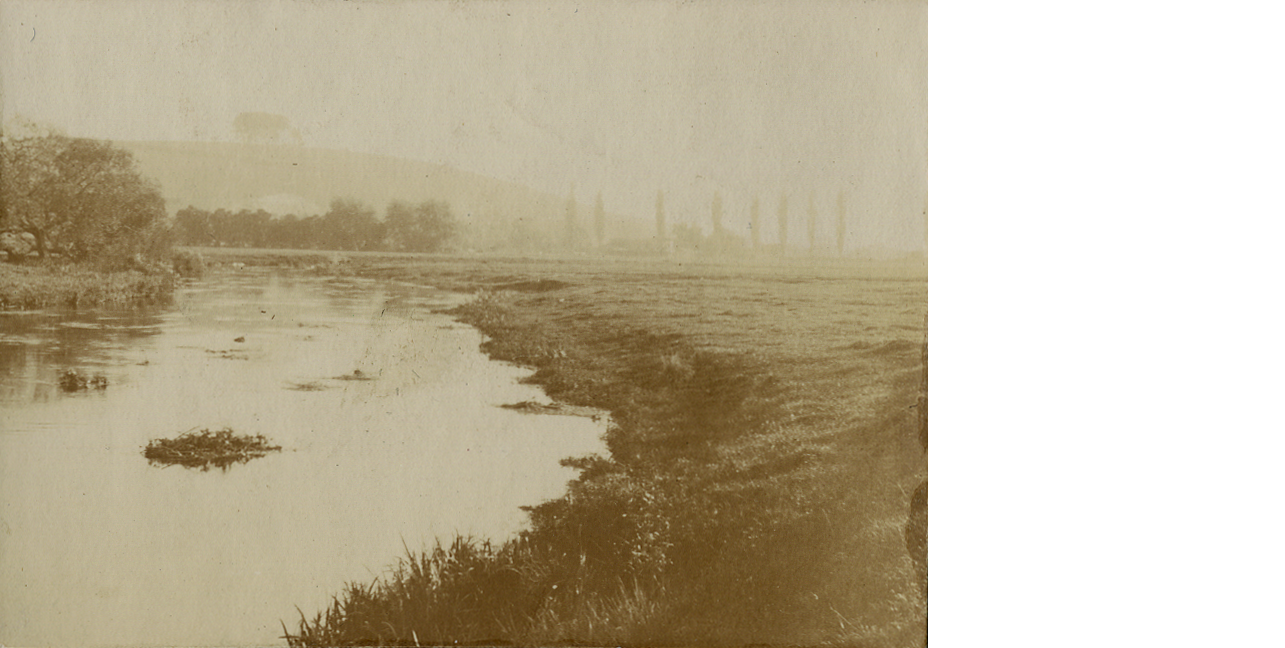
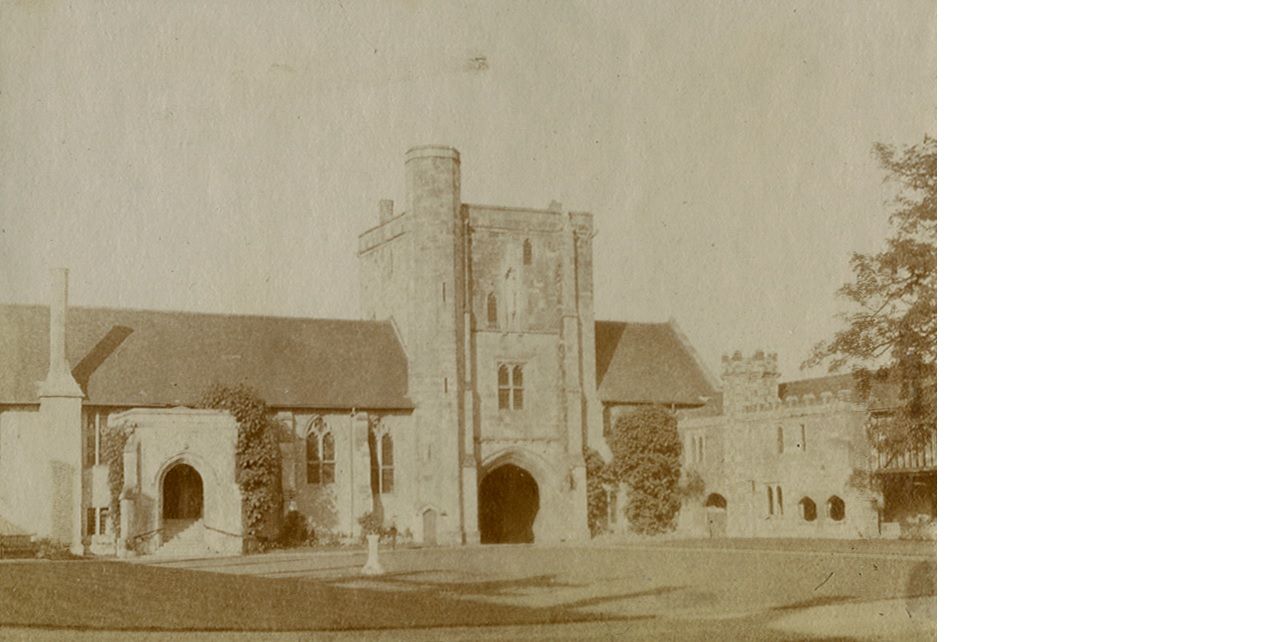
The changes across Winchester are mainly seen in the centre itself and despite the considerable differences, it is entirely possible still to feel the connection with the past through local landmarks. Even though Winchester has evolved over a century, the heart of the people hasn’t.
If you have enjoyed Culture on Call and you are able to make a donation, please click the link below. Any support you can give will help us keep communities connected to culture in these difficult times.





